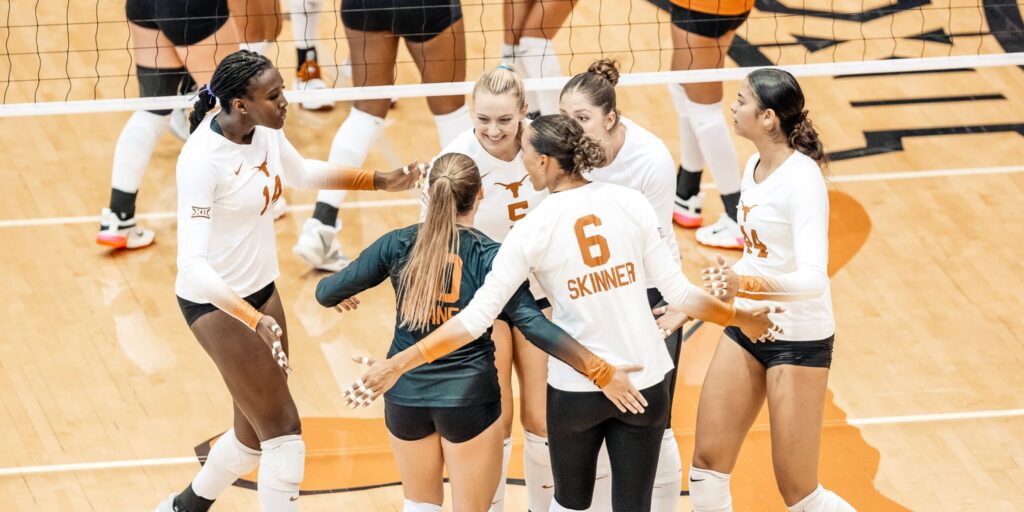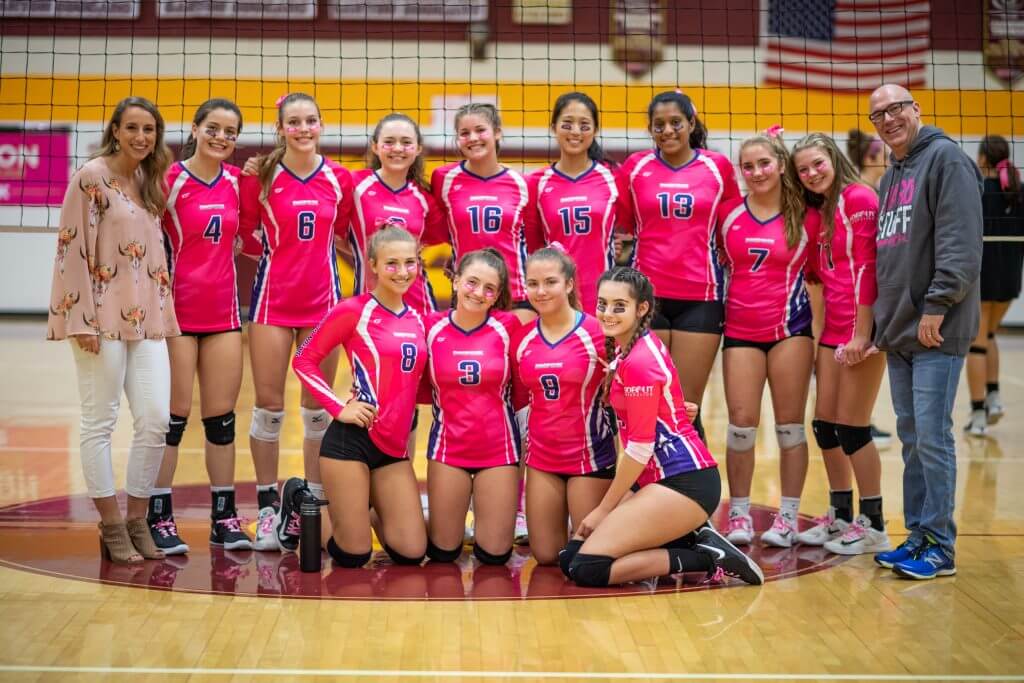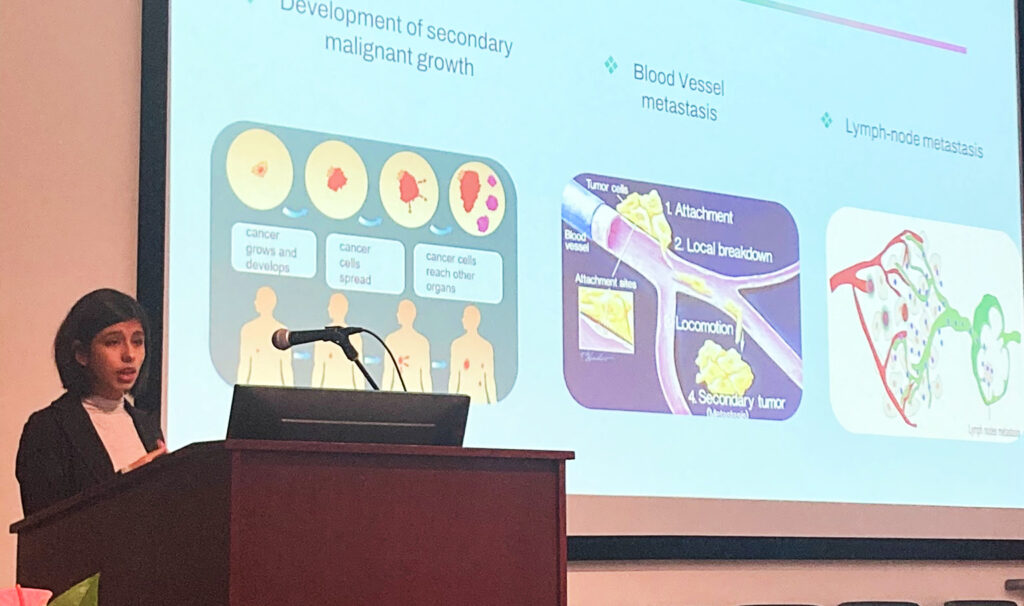*This blog is part of a two part series on recruiting. We asked two NCAA Volleyball coaches to share advice for new coaches starting to recruit student-athletes. Check out the second part here.
Per the NCAA in 2015-2016, 436,309 females played high school volleyball. 17,119 went on to play at the collegiate level. That’s only 3.9% of high school volleyball players that moved on to get a college degree and continue to competitively play the sport they love. Recruiting plays a big role in how athletes move forward to improve their game, whether that be by the coach or the athlete.
How do you approach recruiting?
Coach A: Recruiting is the life-blood of a college coach’s job and must be a top program priority. It is important to put in the necessary time and energy to identify a number of players for each position you will be filling in the future. Find the very best talent that wants to play for you and the university and focus on them.
Coach B: Recruiting can be approached many different ways, typically prospective student athletes will email us with their interest. I also go out to tournaments and look for players who would fit into the systems we have and then contact them.
How much time do you dedicate to recruiting?
Coach A: Recruiting is always a high priority, someone in your program must always stay connected with potential student-athletes each week. Of course, you have to follow the NCAA recruiting guidelines.
Coach B: I spend about 15-20 hours a week in the office responding to athletes and looking for prospective student athletes. During the spring when I’m recruiting on the weekends, 20-30 hours. Recruiting is the lifeline of a program, so the more time you put in, the better chance you have bringing in kids who can take your program to the next level.
What time of the year are you recruiting the most?
Coach A: The Junior Club season is when most of the initial evaluations take place because of the concentration of players and teams at one place, generally in large conventions centers across the country.
Coach B: Club season runs from January to July so I’m out and about a lot during those months looking at prospective student athletes.
What’s the first thing that stands out when you talk to a player?
Coach A: Are they confident and are they fully engaged in the conversation.
Coach B: In person, I look to see if they maintain eye contact when I’m talking to them. I also look at how they interact with family, teammates, and coaches. You can tell a lot about a player by how they conduct themselves off the court.
How do you deal with an athlete that you’ve been recruiting and something negative about the recruit comes up in the recruiting process?
Coach A: I would talk with the student athlete to see what they have to say and follow that up with calls to their support network to get their take on the situation.
Coach B: We discuss it as a staff and then decide what actions to take based on our conversation.
What year are athletes when you first start looking at them?
Coach A: As young as 9th graders. It is very easy to pick out the outstanding athlete at this level. They really stand out.
Coach B: Sophomores and on-wards.
What’s your ratio of reaching out to athletes vs athletes reaching out to you?
Coach A: 70% reaching out and 30% athletes contacting me
Coach B: 30% reaching out and 70% athletes contacting me
Have you rescinded offers? Why?
Coach A: No
Coach B: No
Other tips for coaches
- Be honest
- Find your recruiting niche
- Build good relationships with strong high school and club program coaches
- Keep the best local/state talent in your program especially when they want to play for your university
Stay tuned for part two of our recruiting blog focusing on the coach to athlete relationship. If you are interested in learning more about the NCAA’s guide for the college-bound student-athlete, click here.




